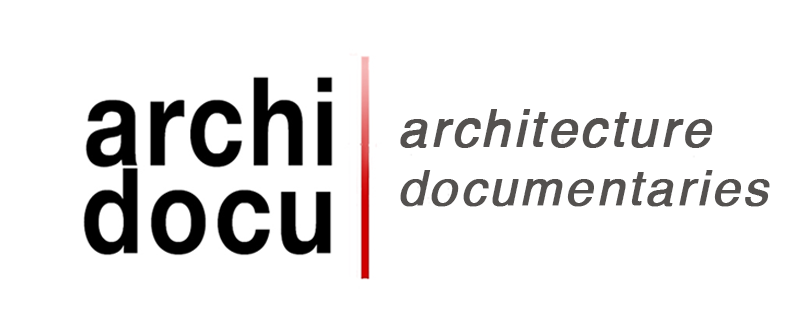Architecture + People in San Diego Architecture 2019 in San Diego: Downtown, the Central Library, the Salk Institute
San Diego’s downtown transformation conveys an important message to many cities’ challenges. It is possible to increase density while maintaining high standards of design quality. It is possible to mitigate traffic by bringing efficient public transportation. It is possible to build high-quality public buildings within the budget.
It was late May when we first considered the possibility of registering for a Brendon Burchard “Influencer” seminar in San Diego in October. “We haven’t been there for about a decade. It sounds like a good excuse,” I said. We signed up. It was a good decision. What we saw and learned in a few days well exceeded our expectations.
“What’s new to see in architecture?” I asked Google while doing basic research. A small, five-story, zero energy mixed-use building, Torr Kaelan, caught my attention. It had been designed by Rob Quigley, an architect unknown to me. Some of the building’s details reminded Carlo Scarpa’s design. Googling more on Rob Quigley, I reached the San Diego Central Library project. I couldn’t tell much by looking at the photographs that I found online, but I marked it as a place to visit.

Torr Kaelan
We decided to set our base in Little Italy. I found a lovely small hotel, Urban Boutique, next to a European-style piazza known at Piazza della Famiglia. It was located a mile-plus from the event we planned to attend. “We could do some exercise by walking the distance in less than a half-hour,” I said to Ruth. Once we arrived at the hotel, we parked the car and didn’t move it until we left.
We found the downtown area transformation, since the last time we had been there, very impressive. It had become a thriving center easily accessible by foot, bike, car, or public transportation. Its urban scale was right, the traffic was moderate, and we noticed a number of new, well-designed condominiums.
Yet the biggest surprise was the central library. According to the architect, it had been conceived as “a 9-story archive of flexible space, sandwiched at the top and ground floors, with diverse and accessible public amenities.” The library opened in 2013, following a protracted 17-year period of design and construction. This may explain the 1970s–1980s flavor. The material of choice was concrete, for both cost and maintenance.
A spacious atrium and a roof garden, accented by a symbolic dome, provided an urban identity to the building. We found the different areas well crafted, with some of the spaces quite spectacular.
The “Influencer” event, structured as good content (psychology, physiology, productivity, persuasion) wrapped with entertainment, was remarkable for the diversity of over two thousand participants. There were people from all over the United States and also from many other countries. Our new chanceful acquaintances included a woman from Soroka, in the Republic of Moldova, an actress from Istanbul, a French couple from Montpellier and other people ranging in age from teenagers to adults in their seventy’s.

Brendon Burchard “Influencer” Seminar



























